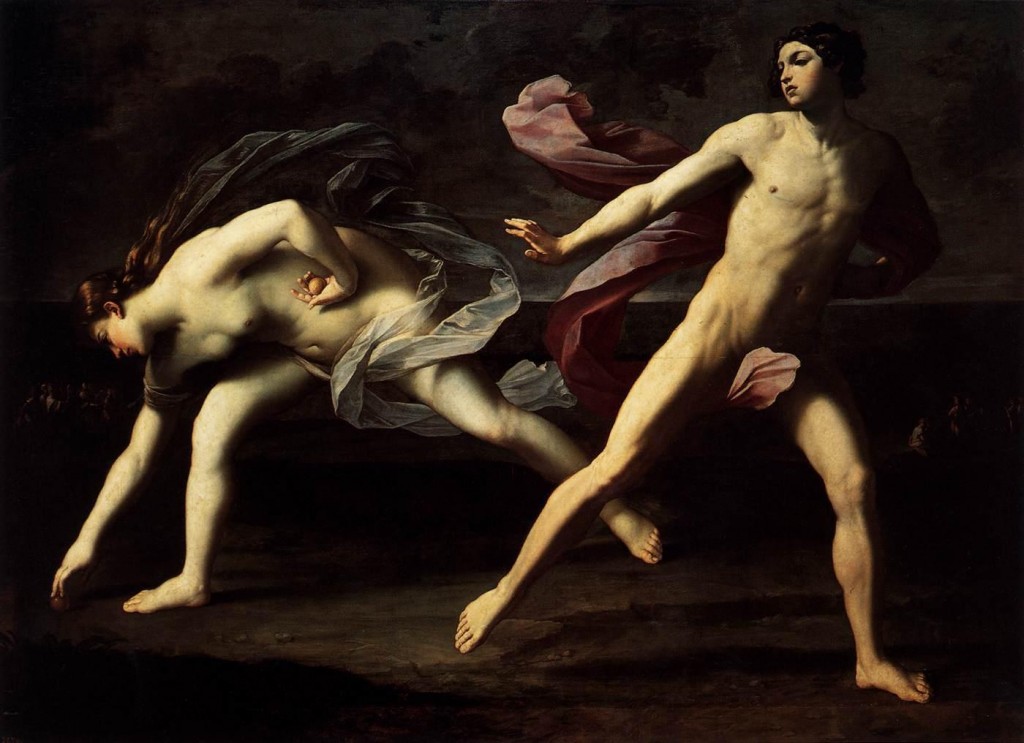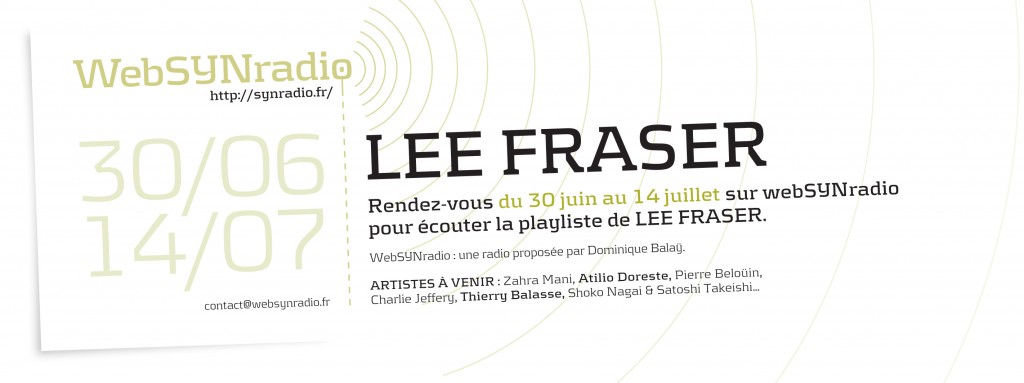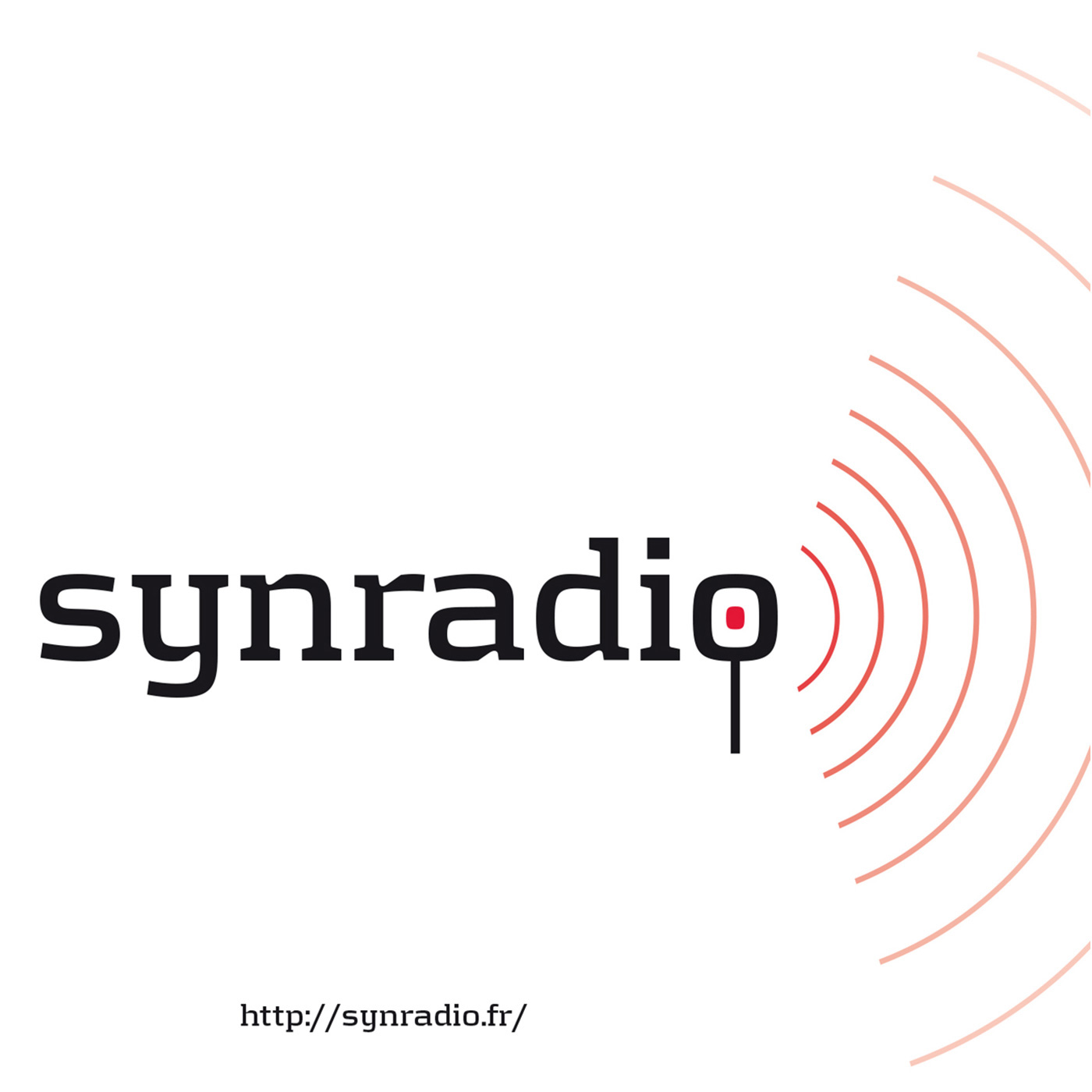Podcast: Play in new window | Embed
Subscribe: Apple Podcasts | Spotify | Android | Podcast Index | Email | Deezer | RSS | More
LEE FRASER
Suspended Magic
Singularité formelle et / ou richesse du timbre sont au cœur des œuvres et enregistrements présentés dans cette sélection pour webSYNradio. Des exemples de cette richesse peuvent être trouvés dans la mécanique presque tangible et la stridence des clavecins capturées dans l’interprétation incisive de Ton Koopman et Tini Mathot du Ricercare à six voix de l’Offrande Musicale de Jean Sebastian Bach, ou dans le large éventail de textures du Bastet de Elsa Justel. Dans la plupart des exemples, ces stimulis superficiels agissent comme point d’entrée pour des structures complexes et souterraines, donnant à l’auditeur la possibilité de jouir du détail sensible de ces matériaux ou d’examiner les ramifications de son plan architectural.
La plasticité spatio temporelle est un autre thème clé de cette sélection, illustrée par un groupe de pièces qui remettent en question l’apparente constance du temps ou démontrent l’ambition de transcender l’environnement d’écoute. Dans le bref motet Cantate Domino de Claudio Monteverdi, des changements dynamiques de tempo semblent distordre l’expérience du temps, tandis que Wq Acid VII Florian Hecker oblige l’oreille à ignorer le contexte temporel de l’œuvre et à adopter une écoute réduite, par le jeu d’une répétition impétueuse d’identités sonores. En ce qui concerne l’articulation de l’espace, une excellente simulation de mouvement vertical est perceptible dans la séquence finale de la pièce de Bernard Parmegiani Capture éphémère, où une trajectoire aiguë débouche à travers le continuum de fréquence dans un champ lumineux et granulaire en totale apesanteur. La force esthétique de ces paramètres métaphysiques est exercée à plein dans la pièce de Mathias Spahlinger, Fugitive beauté, et Grido de Helmut Lachenmann, qui sont toutes deux construites autour de moments de magie suspendue, où des mèches individuelles fusionnent dans les états raréfiés d’une chorégraphie presque immobile.
Peculiarity of form and/or richness of timbre are central to many of the works and recordings presented in this selection. Examples of the latter can be found in the almost tangible mechanics and strident fizz of the harpsichords captured in Ton Koopman and Tini Mathot’s incisive rendering of the Ricercar a 6 from Johann Sebastian Bach’s Musical Offering, or in the broad range of haptic textures featured in Elsa Justel’s Bastet. In most cases, this surface-level stimulus acts as an entry point to subterranean structural complexities in the work, giving the listener the option to luxuriate in the sensuous detail of its materials or examine the intricacies of its architectural plan.
Spatiotemporal elasticity is another key theme here, illustrated by a group of pieces that challenge the apparent constancy of time or demonstrate ambitions to transcend beyond the listening environment. In Claudio Monteverdi’s short motet Cantate Domino, dynamic shifts in tempo seem to distort the experience of time, while in Wq Acid VII Florian Hecker forces the ear to ignore the temporal context of the work and adopt reduced listening, by way of an almost petulant repetition of sound identities. Concerning the articulation of space, an excellent simulation of vertical motion can be heard in the closing section of Bernard Parmegiani’s Capture éphémère, where an acute trajectory through the frequency continuum finds its terminus in a bright and weightless granular field. The aesthetic force of these integrated metaphysical parameters is exercised to full effect in Mathias Spahlinger’s Fugitive beauté and Helmut Lachenmann’s Grido, both of which are built around transportive moments of suspended magic, where individual strands coalesce in rarefied states of virtually motionless choreography.
1. Johann Sebastian Bach – Ricercar a 6
2. Raphaël Cendo – In Vivo II
3. Horacio Vaggione – Nodal
4. Francisco Guerrero – Ariadna
5. Claudio Monteverdi – Cantate Domino
6. Florian Hecker – Wq Acid VII
7. Iannis Xenakis – Shaar
8. Elsa Justel – Bastet
9. Gérard Grisey – Transitoires
10. Bernard Parmegiani – Capture éphémère
11. Luca Marenzio – Stillò i’anima in pianto
12. Helmut Lachenmann – Grido
13. Claude Debussy – Des pas sur la neige
14. Mathias Spahlinger – Fugitive beauté

peinture : Atalante et Hippomène, Guido Reni
——
ECOUTER
Première écoute : à partir du jeudi 30 juin à 20h jusqu’au 14 juillet 2016 même horaire.
——
ELEMENTS
Lee Fraser est un compositeur britannique travaillant dans le domaine de la musique électroacoustique. Après avoir étudié avec Frank Denyer au Dartington College of Arts et Denis Smalley à la City University de Londres, il a obtenu un doctorat en composition électroacoustique de l’Université de Manchester en 2013, qui a été supervisé par David Berezan. Ses travaux récents se caractérisent par son exploration d’objets sonores synthétisés et d’illusions auditives, tirant profit de son intérêt pour la synthèse numérique, la psychoacoustique et la théorie acousmatique.
En plus de son travail sur support fixe, Lee Fraser propose régulièrement des live en solo et en collaboration avec d’autres artistes. Sa musique a été présentée lors de concerts, festivals et émissions de radio à travers le monde entier et a reçu de nombreux prix et hommages, dont le Grand Prix Luigi Russolo en 2013. Une sélection de ses compositions acousmatiques a été publié par Entr’acte en 2014
Lee Fraser is a British composer working in the field of electroacoustic music. After studies with Frank Denyer at Dartington College of Arts and Denis Smalley at City University London, he earned a PhD in electroacoustic composition from the University of Manchester in 2013, which was supervised by David Berezan and funded by the AHRC. His recent work is characterised by its exploration of synthesised sound objects and auditory illusions, drawing from his interest in digital synthesis, psychoacoustics and acousmatic theory.
In addition to his fixed media work, Lee regularly performs in a live capacity, both solo and in collaboration with other artists. His music has been presented in concerts, festivals and radio broadcasts internationally and has received numerous awards and acknowledgments, including the Luigi Russolo Grand Prize in 2013. A selection of his acousmatic compositions was published by Entr’acte in 2014.
 Podcast: Ecouter le programme de Lee Fraser sur votre lecteur
Podcast: Ecouter le programme de Lee Fraser sur votre lecteur

